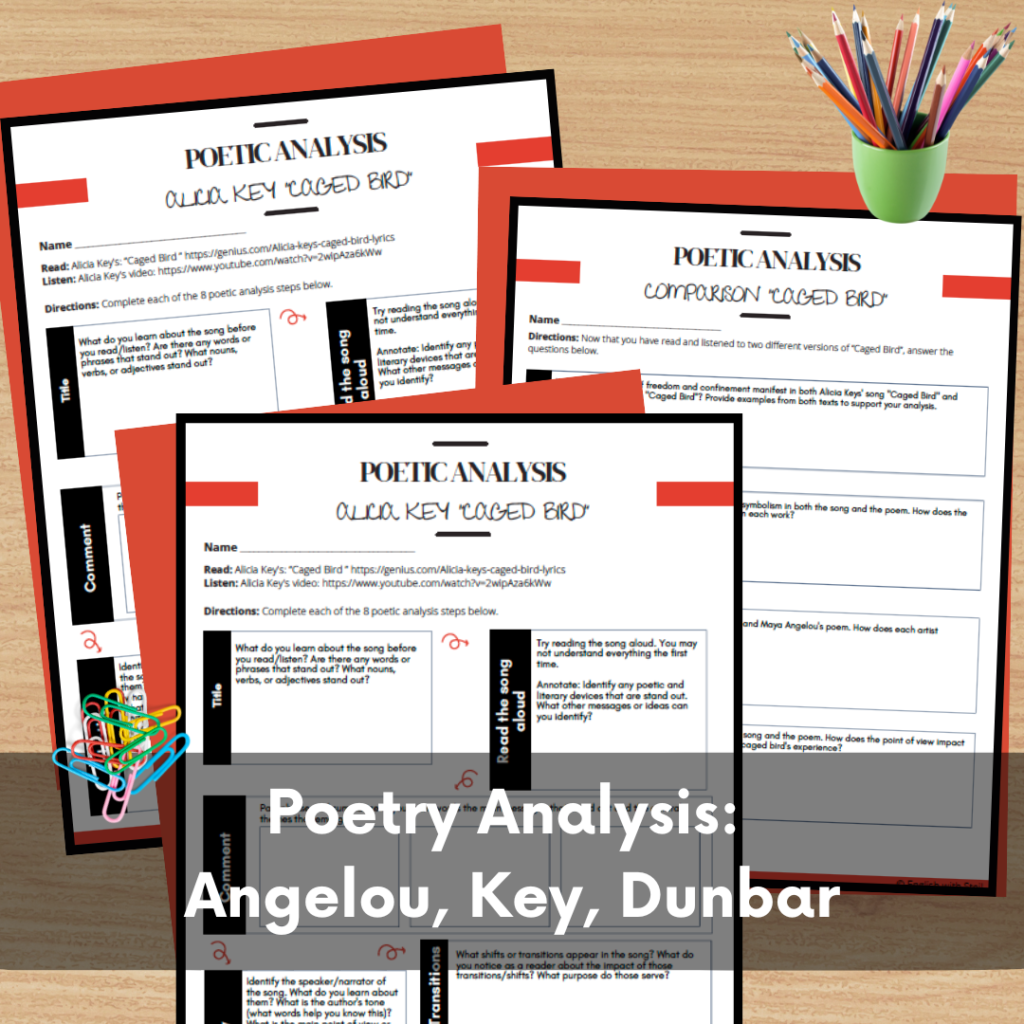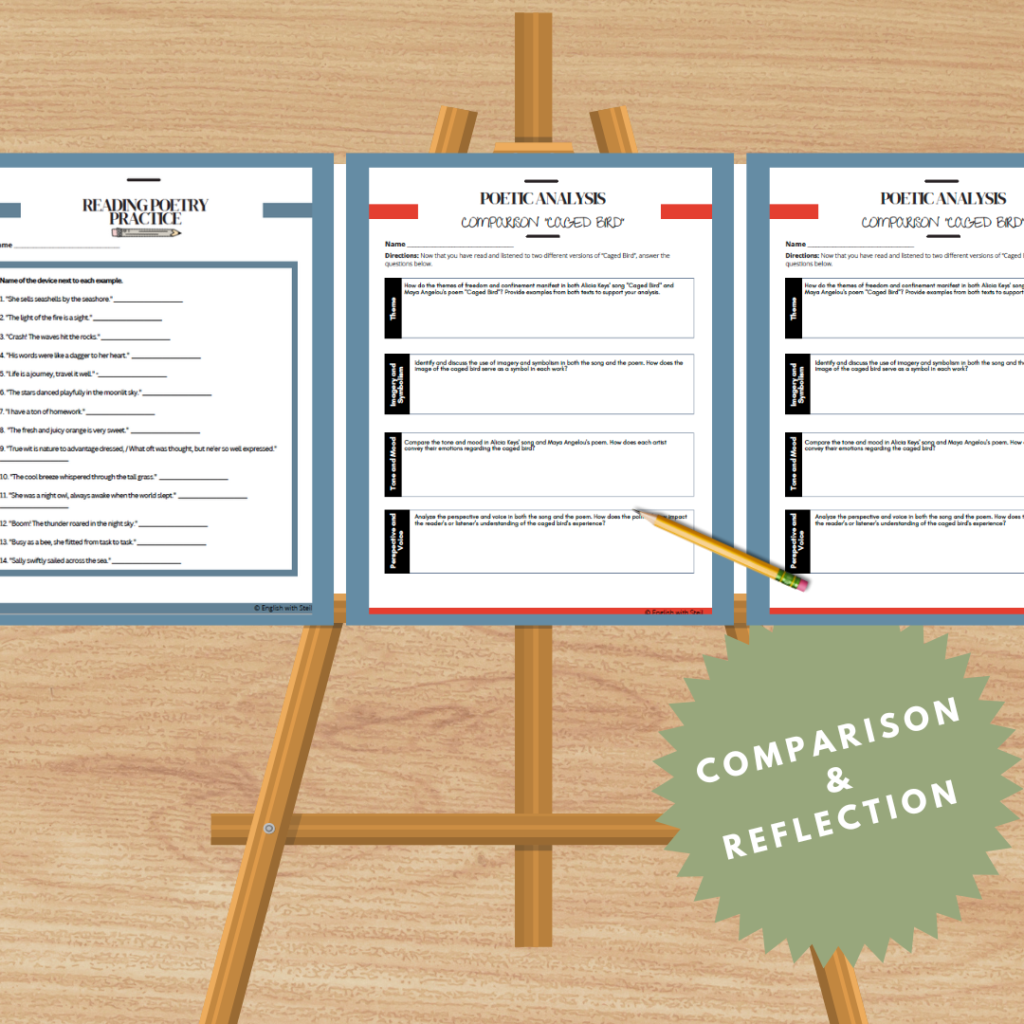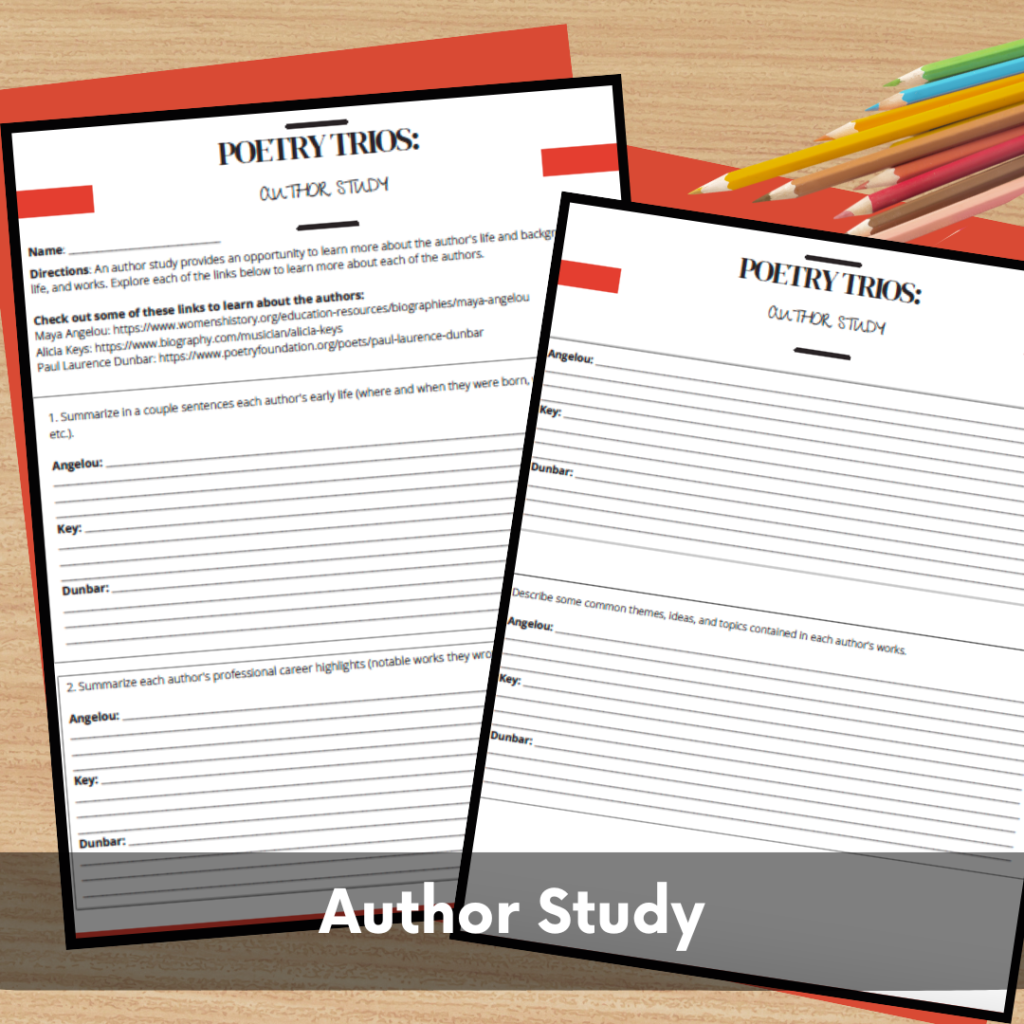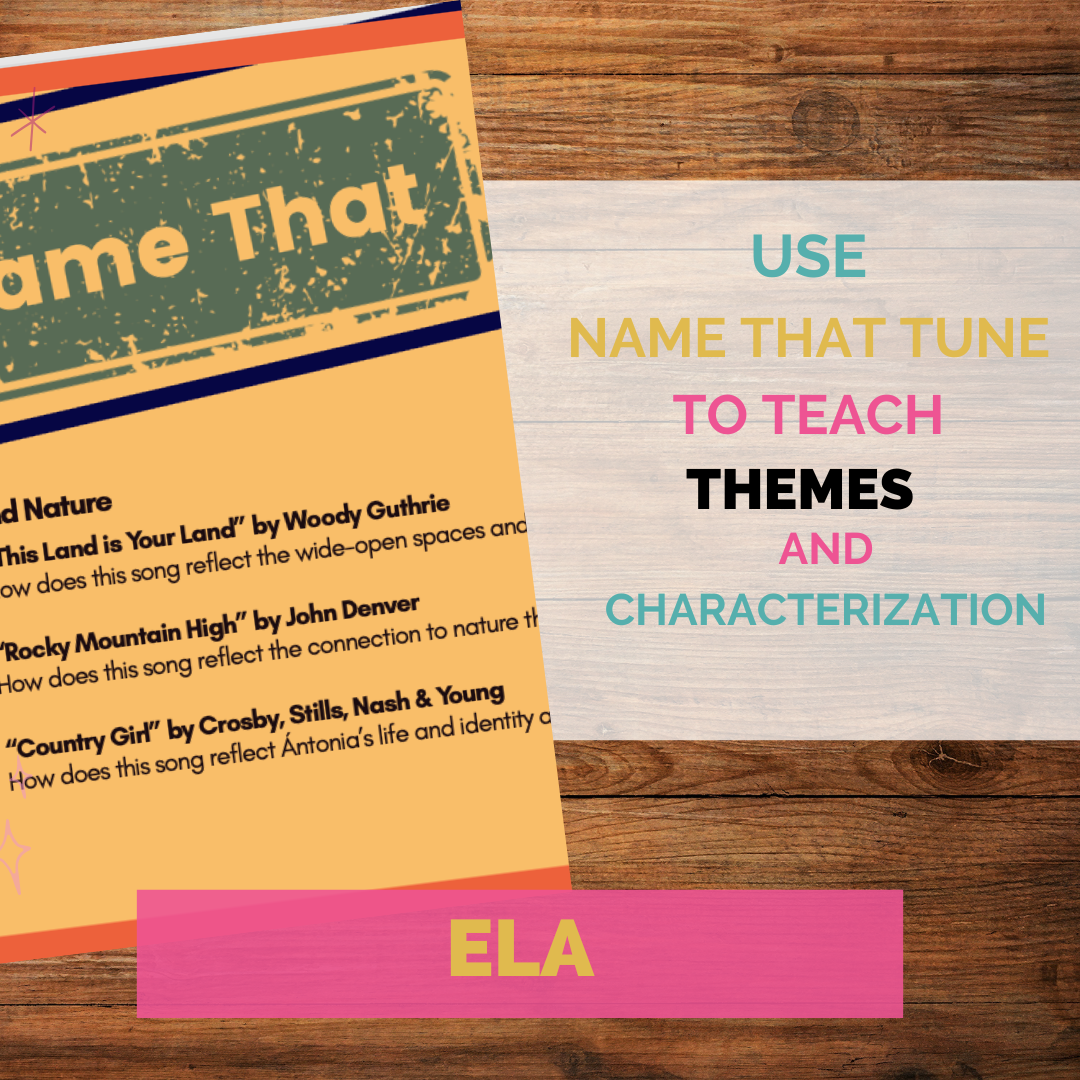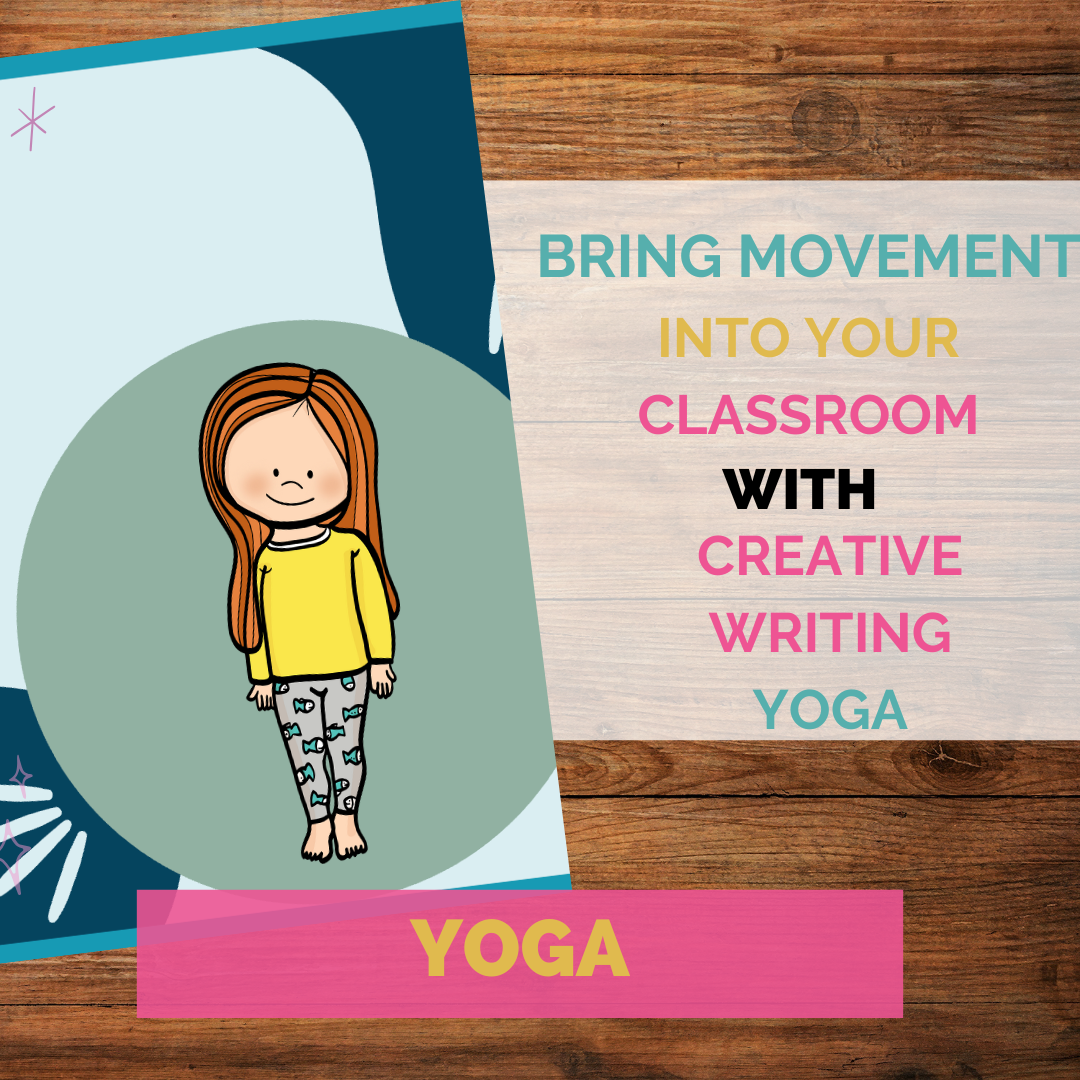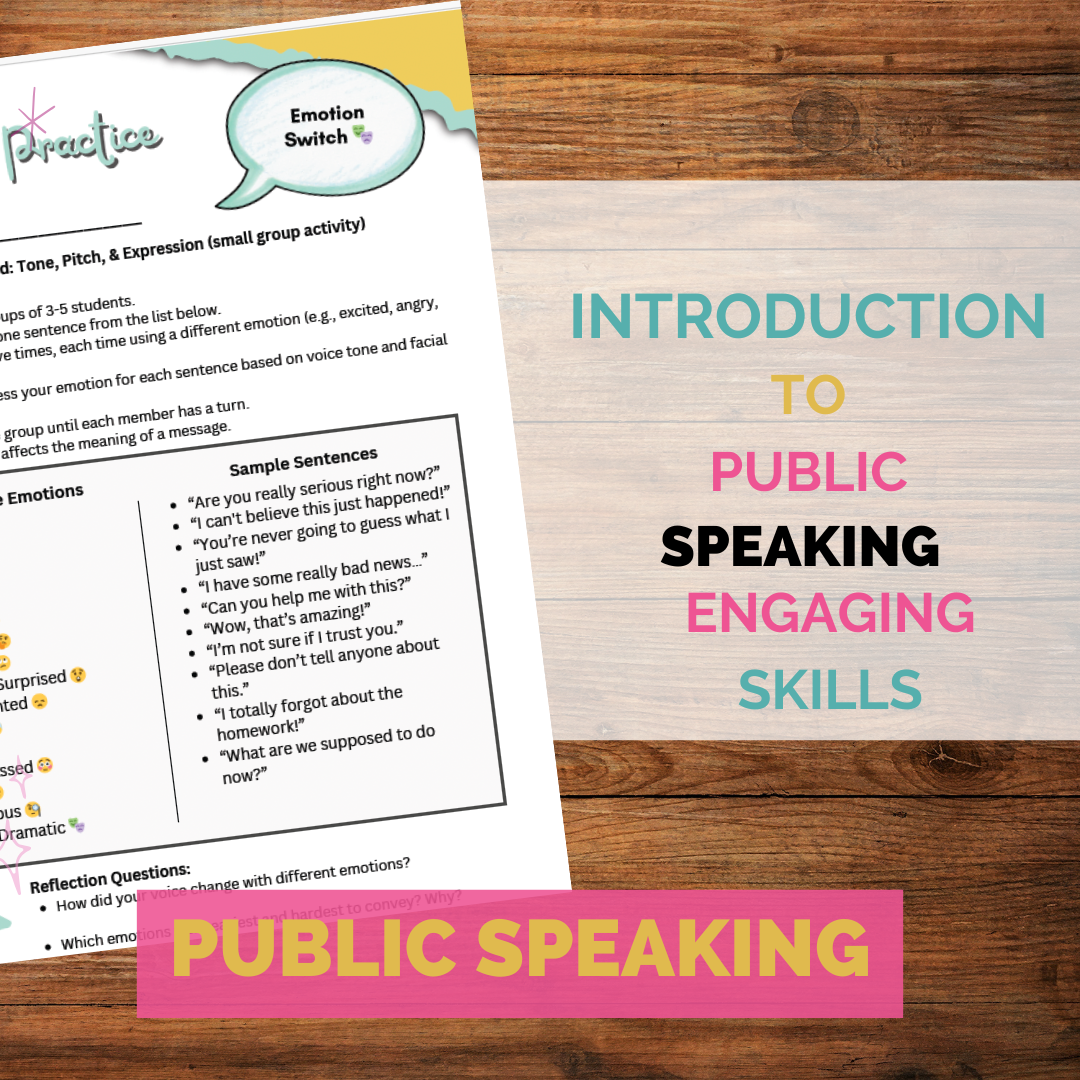
Hey there, teacher friend! Let’s talk about one of the most powerful poems you’ll ever teach in your classroom: Maya Angelou’s I Know Why the Caged Bird Sings. This isn’t just a book; it’s an experience—a deep dive into themes of identity, resilience, racism, and finding your voice in a world that often tries to silence it. If you’re planning to teach this masterpiece, I’ve got some fresh and engaging ideas to help you bring it to life for your students. Grab a coffee and let’s chat about how to make this text unforgettable.
Setting the Stage: Historical Context
First things first: your students need some context to truly appreciate the depth of Angelou’s story. Spend a class or two unpacking the socio-political climate of the mid-20th century. Dive into topics like segregation, the Civil Rights Movement, and what life was like for African Americans during that era. Use primary sources like photos, speeches, or even music from the time to immerse your students in the world Angelou grew up in. Trust me, this background will make the book’s themes hit so much harder.
Meet Maya Angelou
Next, introduce your students to the incredible woman behind the words. Share her life story—the highs, the lows, and everything in between. Did you know she was also a singer, dancer, and civil rights activist? Show clips of her poetry readings or interviews (her voice is mesmerizing!) and discuss how her experiences shaped the narrative. This step is key to helping students see her as more than just an author; she’s a force of nature.
Let’s Talk: Group Discussions
Open up the floor for group discussions about the book’s themes and characters. Ask big, juicy questions like:
How do identity and self-expression evolve throughout the story?
What role does family play in Marguerite’s journey?
How does resilience manifest in the face of trauma?
Encourage your students to share their perspectives and make personal connections. Pro tip: Use a talking stick or some other fun method to make sure everyone gets a chance to speak.



Dive Deep: Character Analysis
Have your students pick a character from the book and do a deep dive. What motivates them? How do they grow? What obstacles do they face? This can be a written assignment, a presentation, or even a creative project like a character “scrapbook” with images, quotes, and analysis.
Get Creative: Projects Galore
Speaking of creativity, let your students flex those artistic muscles! Here are some ideas:
Art: Create a painting or drawing inspired by a scene or theme.
Poetry: Write a poem that responds to the book’s message.
Short Stories: Imagine a “what if?” scenario for one of the characters.
Creative projects let students engage with the text on a whole new level—and they’re just plain fun.
Lights, Camera, Action: Multimedia Presentations
Want to mix it up? Assign multimedia presentations. Students can research topics like the setting, historical background, or a specific theme. They can use tools like Canva or Google Slides to create eye-catching visuals, and maybe even include video clips or music. Bonus: This helps build research and tech skills!


Walk in Their Shoes: Role-Playing
Here’s a fun one: have your students role-play as characters from the book. They can reenact key scenes or create hypothetical “what happens next?” scenarios. This interactive activity fosters empathy and a deeper understanding of the characters’ struggles.
Journaling: Reflect and Connect
Encourage your students to keep a journal as they read. They can jot down reflections, emotional responses, or personal connections to the text. Prompt them with questions like, “How would you feel in Marguerite’s shoes?” or “What does resilience mean to you?” Journaling is a low-pressure way to process big ideas.
Draw Parallels: Comparisons with Other Works
How does I Know Why the Caged Bird Sings stack up against other literary works or historical events? Maybe compare it to The Diary of Anne Frank or contemporary stories about overcoming adversity. This can spark some really eye-opening discussions.
Take It Outside: Field Trips and Guest Speakers
If you can swing it, field trips and guest speakers are game-changers. Visit a museum exhibit on the Civil Rights Movement or invite a speaker to share their experiences related to the book’s themes. These real-world connections make the text come alive.
Final Thoughts
Teaching I Know Why the Caged Bird Sings isn’t just about analyzing a book; it’s about opening your students’ minds to new perspectives and giving them tools to navigate their own journeys. By incorporating these ideas, you’ll create a classroom experience that’s not only educational but also deeply meaningful. Maya Angelou’s words have the power to inspire and empower, and you’re the guide who helps your students unlock that power.
So, what do you think? Are you ready to dive in and make this unit unforgettable? Let me know in the comments or shoot me a message. I’d love to hear your thoughts and swap ideas!
Buy Yours Now!

